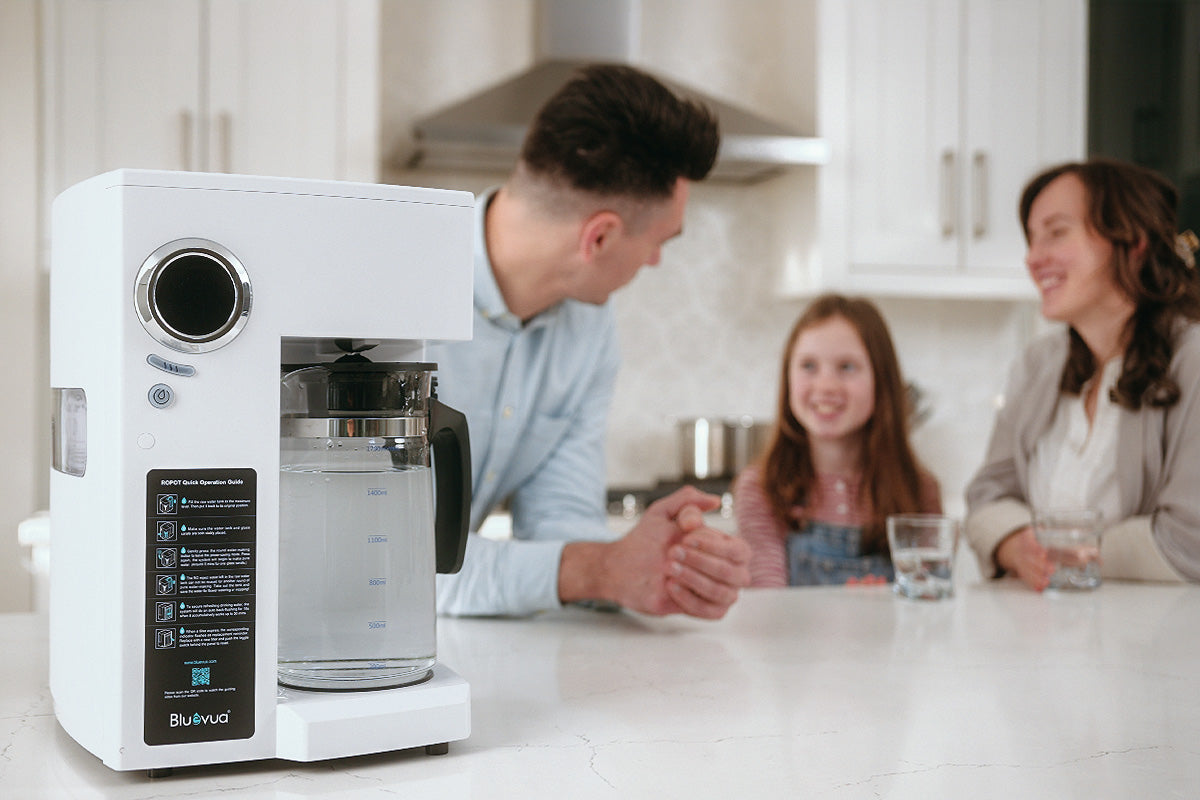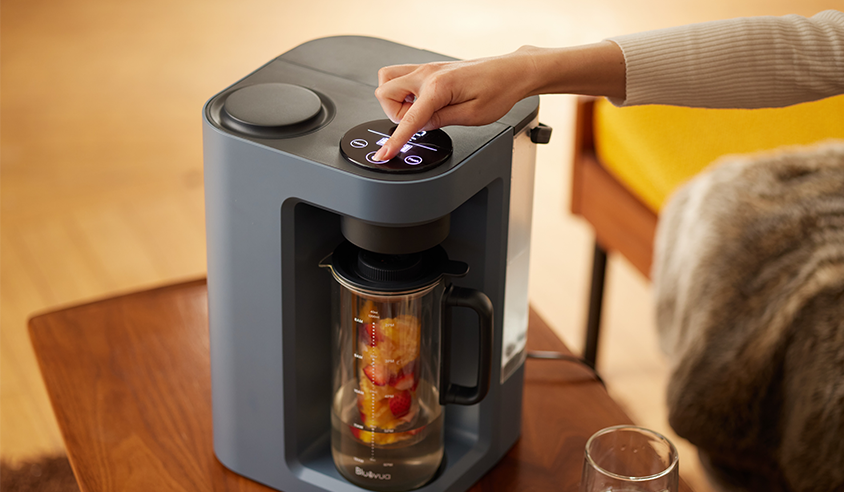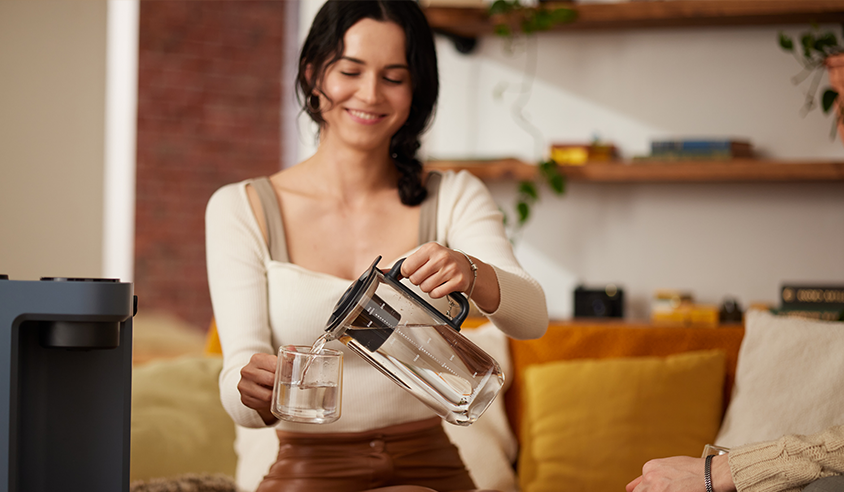Reverse Osmosis (RO) systems are celebrated for their ability to purify water, significantly reducing the Total Dissolved Solids (TDS) and ensuring safer, cleaner drinking water.
However, a common phenomenon known as TDS creep can sometimes cause confusion about the system's effectiveness particularly in systems like our ROPOT-Lite. Here's what you need to know about TDS creep and how you can mitigate its effects to ensure you're getting the best quality water from your RO system.
What ls TDS Creep?
TDS creep refers to the temporary increase in TDS levels that can occur when an RO system remains idle for a period. This happens because, without active pressure on the unfiltered side of the membrane small sodium particles - which are non-threatening and essential to the human body - can migrate into the treated side. This migration leads to a higher TDS reading at the start of a filtration cycle.
Why Does lt Affect the ROPOT-Lite?
The ROPOT-Lite unit is designed with efficiency and simplicity in mind. Unlike some RO systems that include internal plastic water storage tanks or additional post-filters, the ROPOT-Lite dispenses water directly into a glass carafe. This direct approach ensures freshness and prevents the water from sitting in plastic, which can affect taste and quality. However, it also means that, during the recalibration of the system's internal TDS meter - a process that takes place at the beginning of each filtration cycle -salt that has crept into the treated side of the membrane can lead to a temporary spike in TDS readings.

Mitigating TDS Creep
To ensure that you're getting an accurate representation of the purified water your ROPOT-Lite system provides, we recommend a simple step: discard the first half-carafe of water after any prolonged period of inactivity (such as overnight or longer). By testing the TDS of the later half-carafe, you'll obtain a measurement that's more accurate and reflective of the water's true quality. This practice effectively mitigates the initial effects of TDS creep, ensuring that the water you drink is as pure and clean as expected.
Your Health and Safety
It's important to remember that the sodium particles responsible for TDS creep are not harmful. In fact, they're a necessary part of a healthy diet. The goal of managing TDS creep is not to eliminate these particles but to ensure the consistency and reliability of your RO system's filtration performance.

Conclusion
Understanding TDS creep and how to mitigate its effects is key to getting the most out of your ROPOT-Lite RO system. By following the simple step of discarding the first half-carafe of water after extended periods of non-use, you can enioy the pure, clean, and tasty water your system is designed to provide. Remember, the ROPOT-Lite is designed with your health, convenience, and the environment in mind ensuring you have access to high-quality drinking water at all times.





Leave a Comment
All comments are moderated before being published.
This site is protected by hCaptcha and the hCaptcha Privacy Policy and Terms of Service apply.